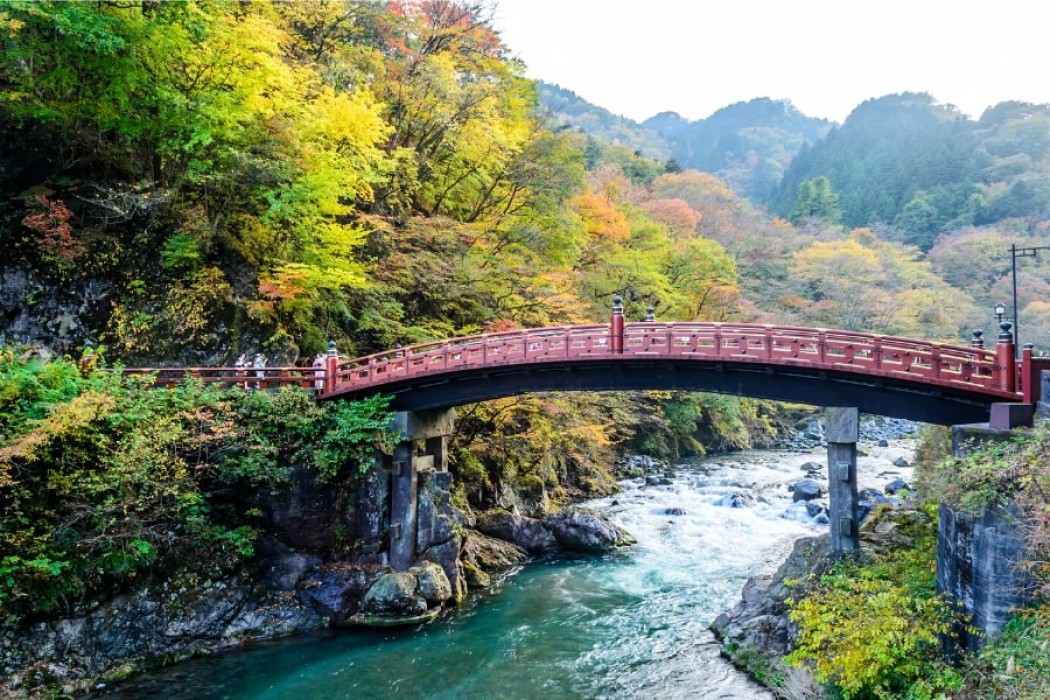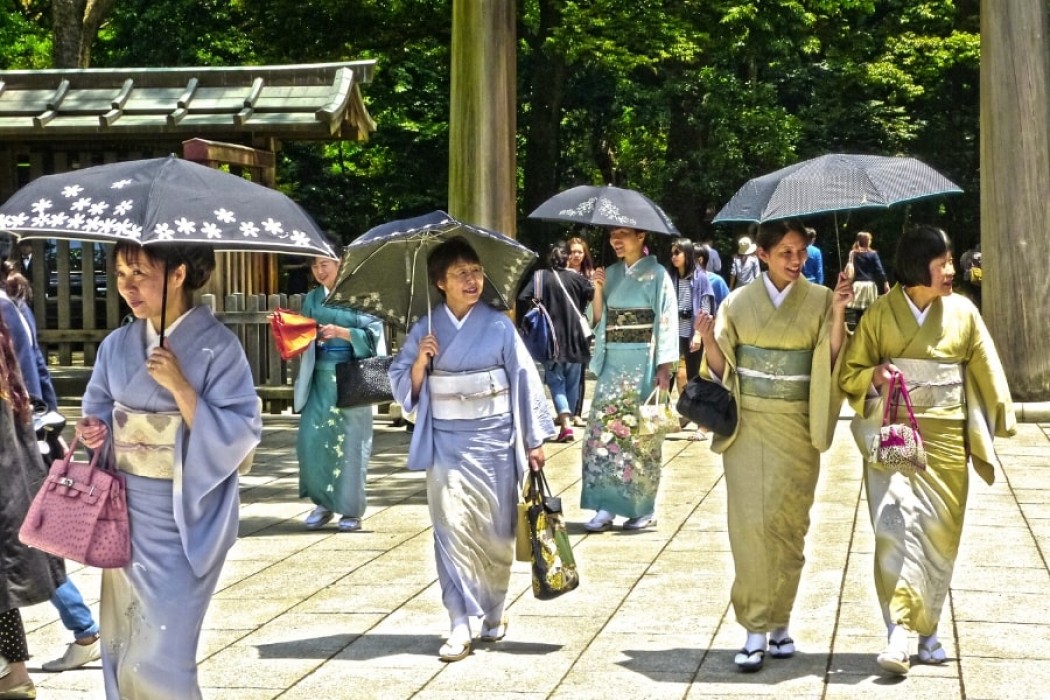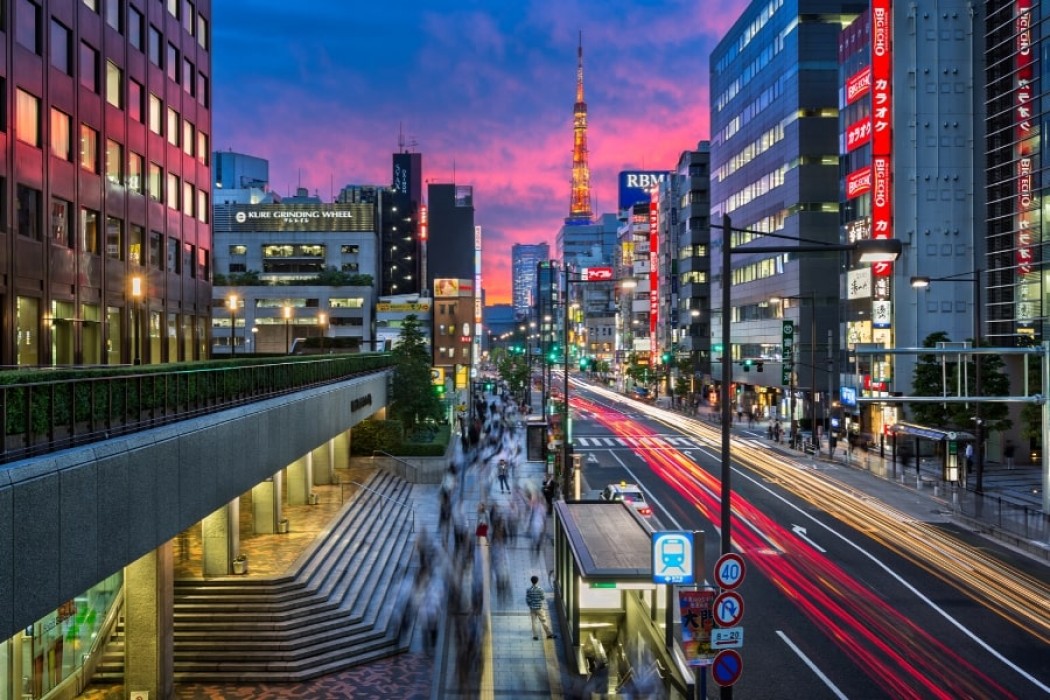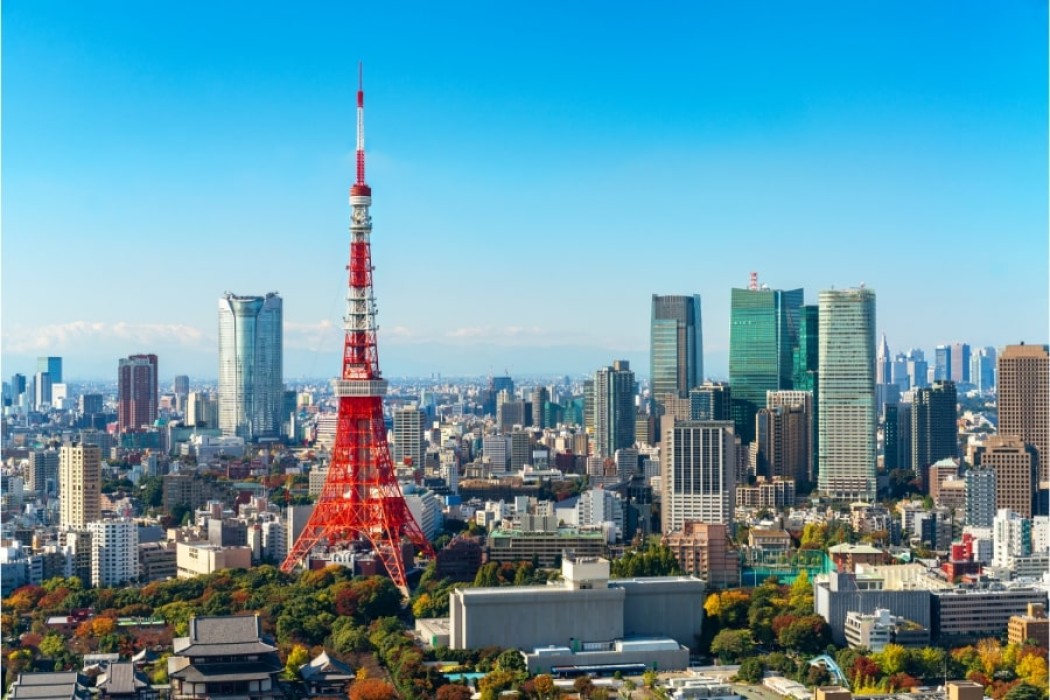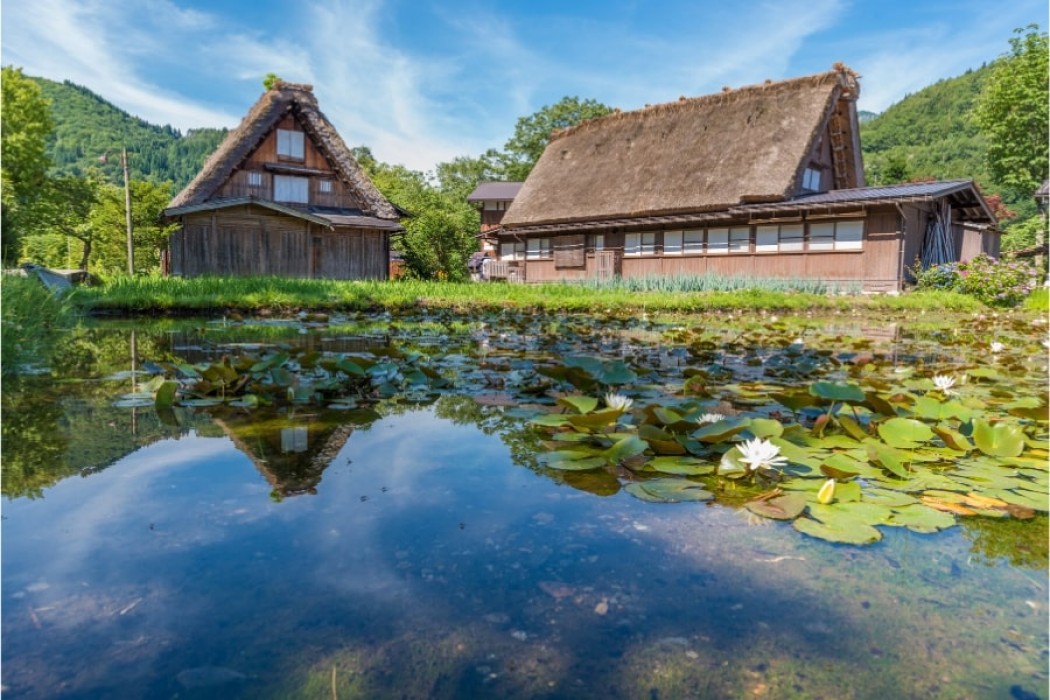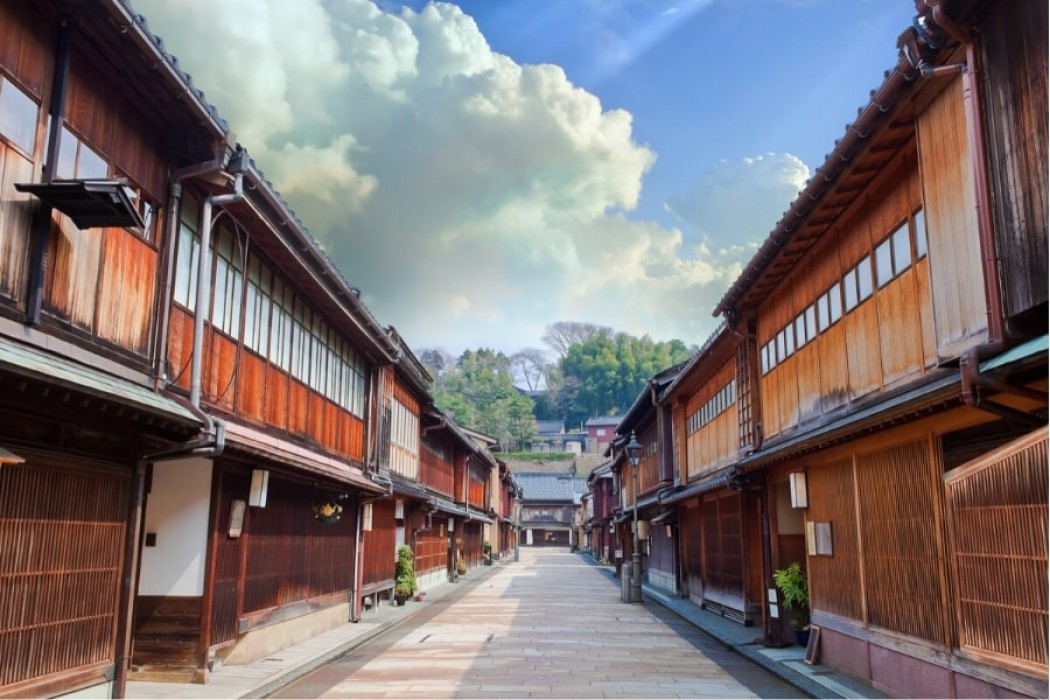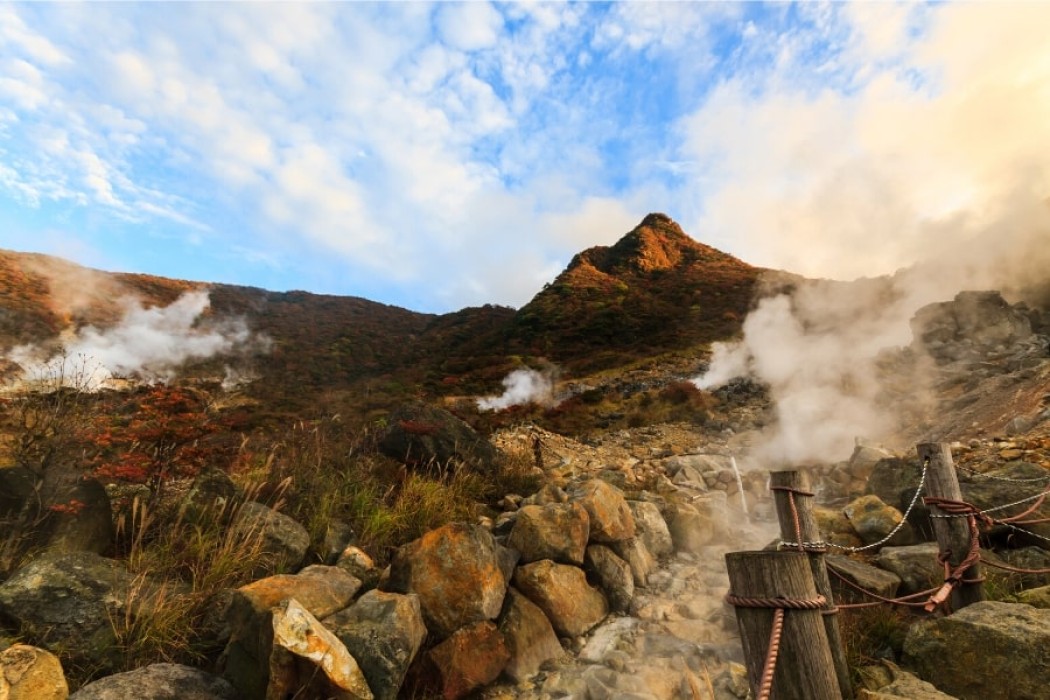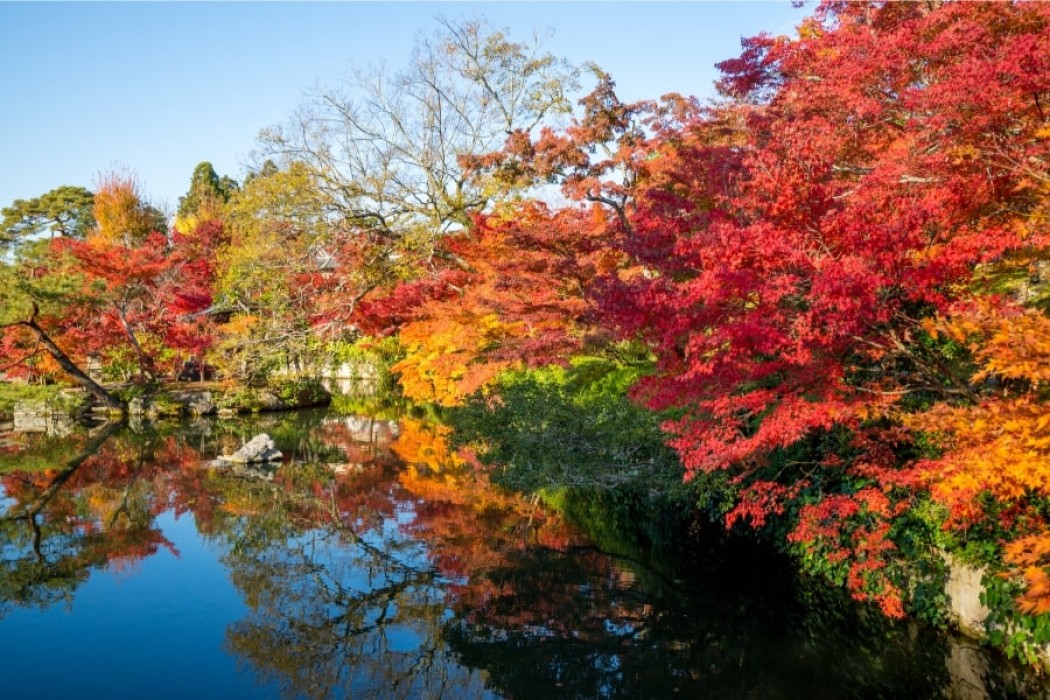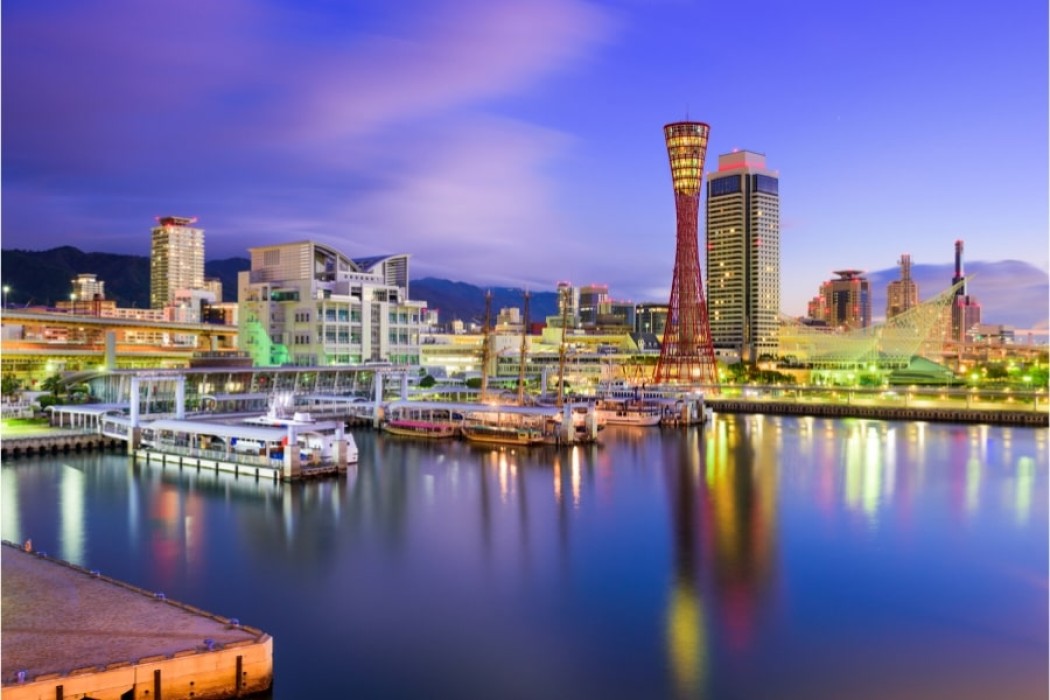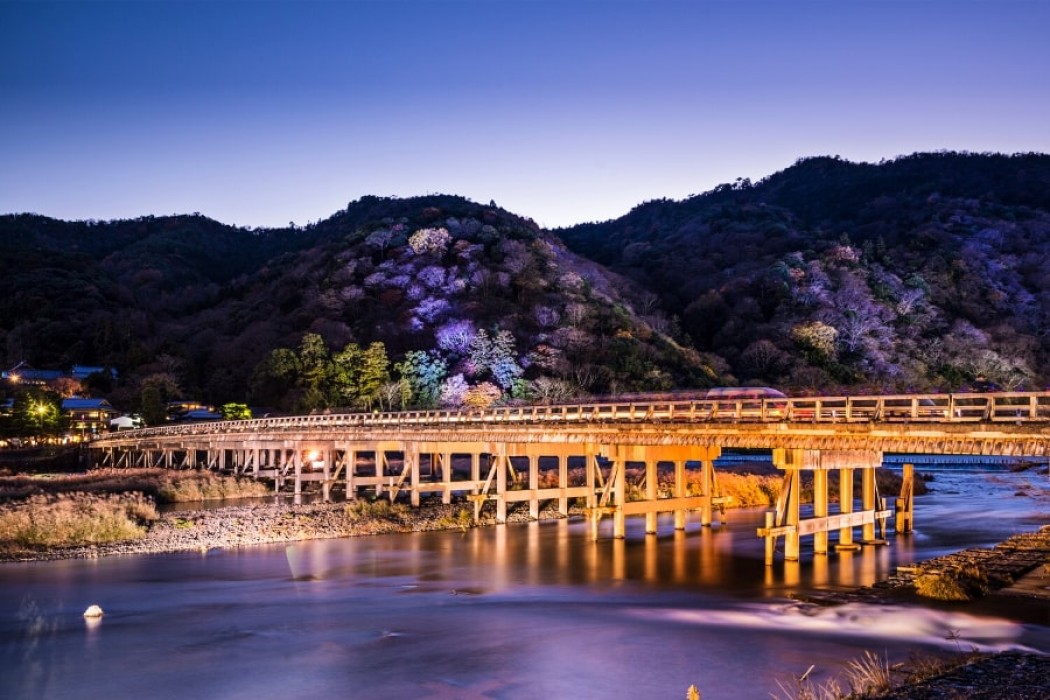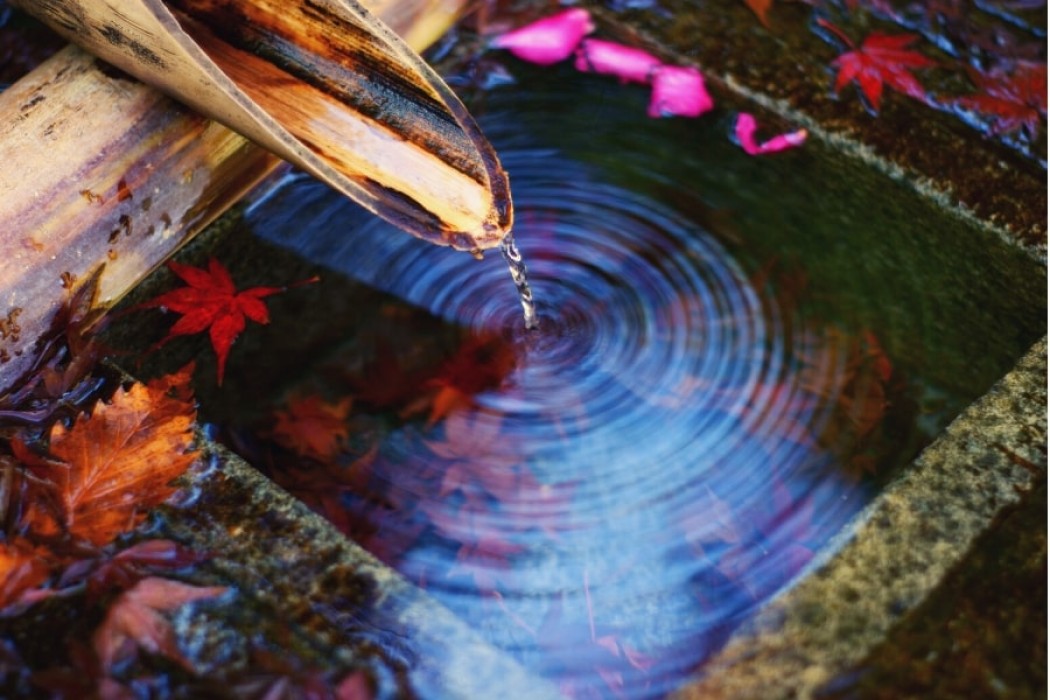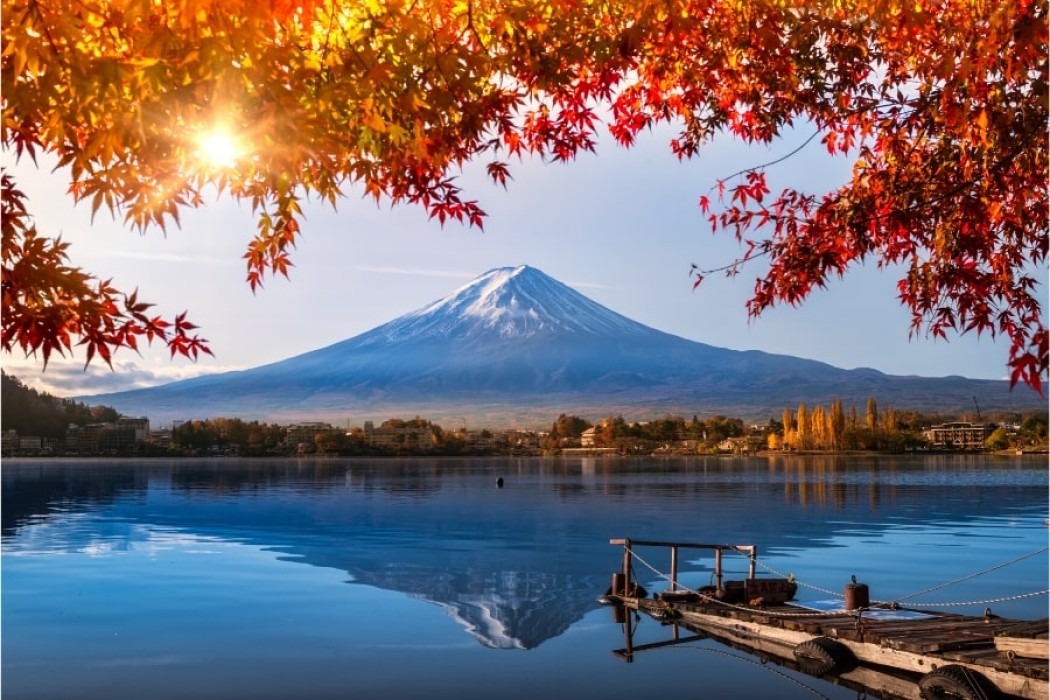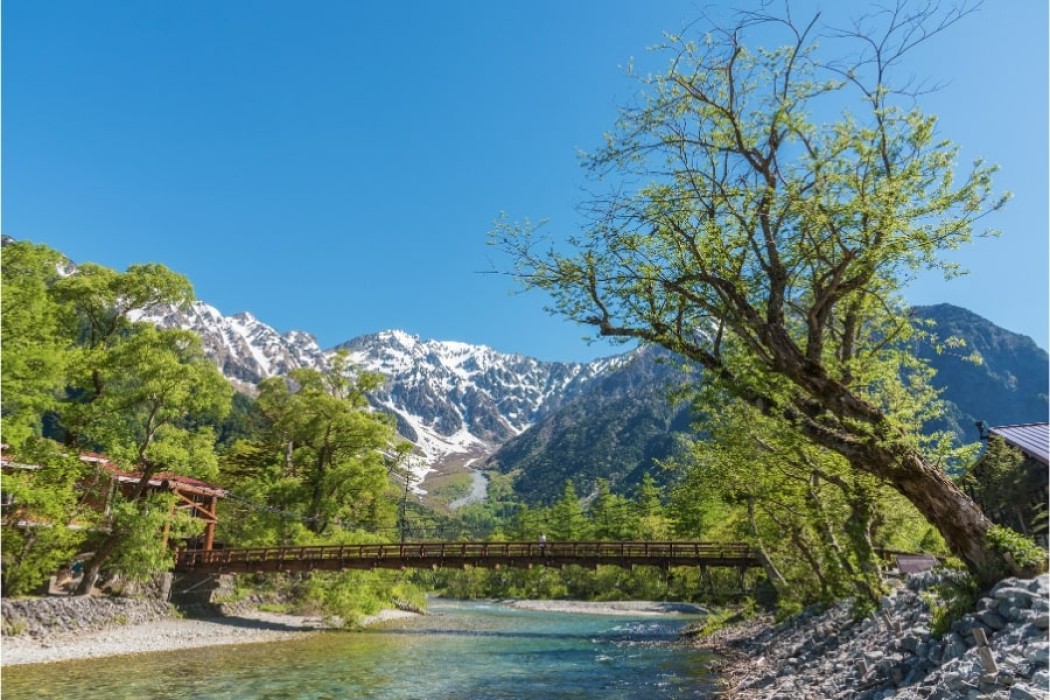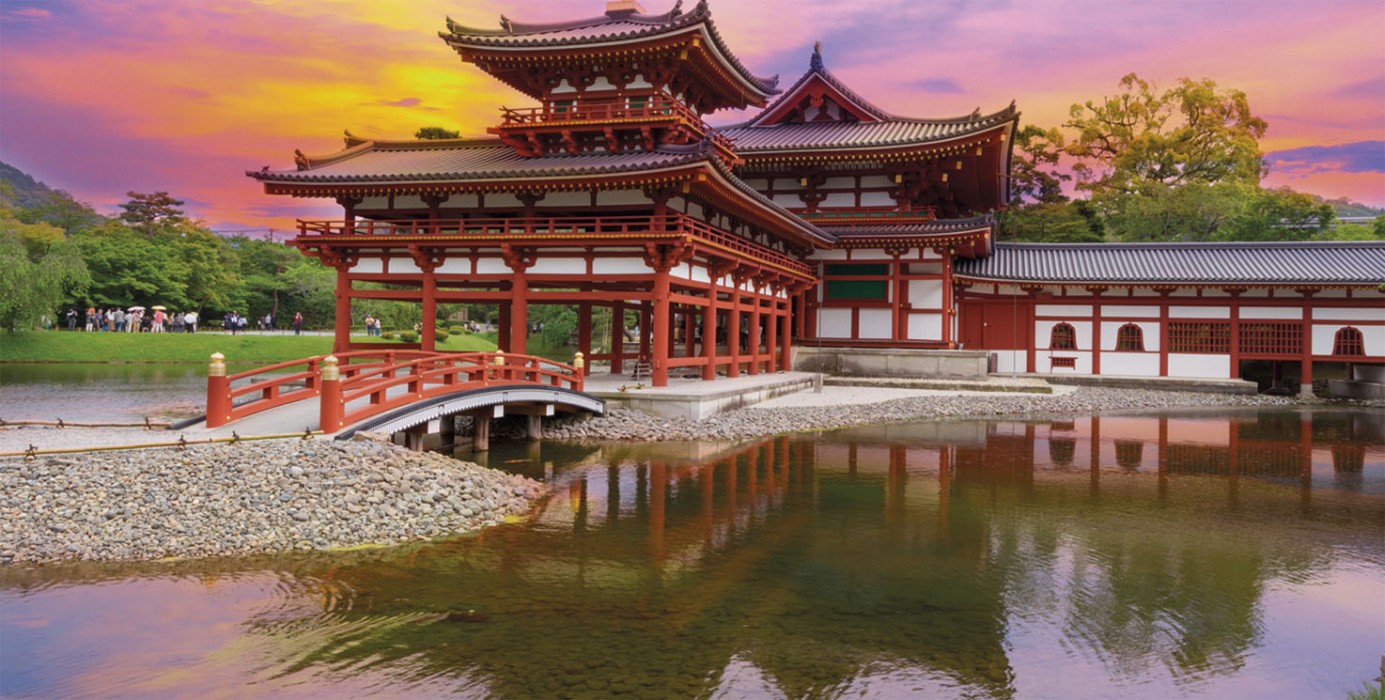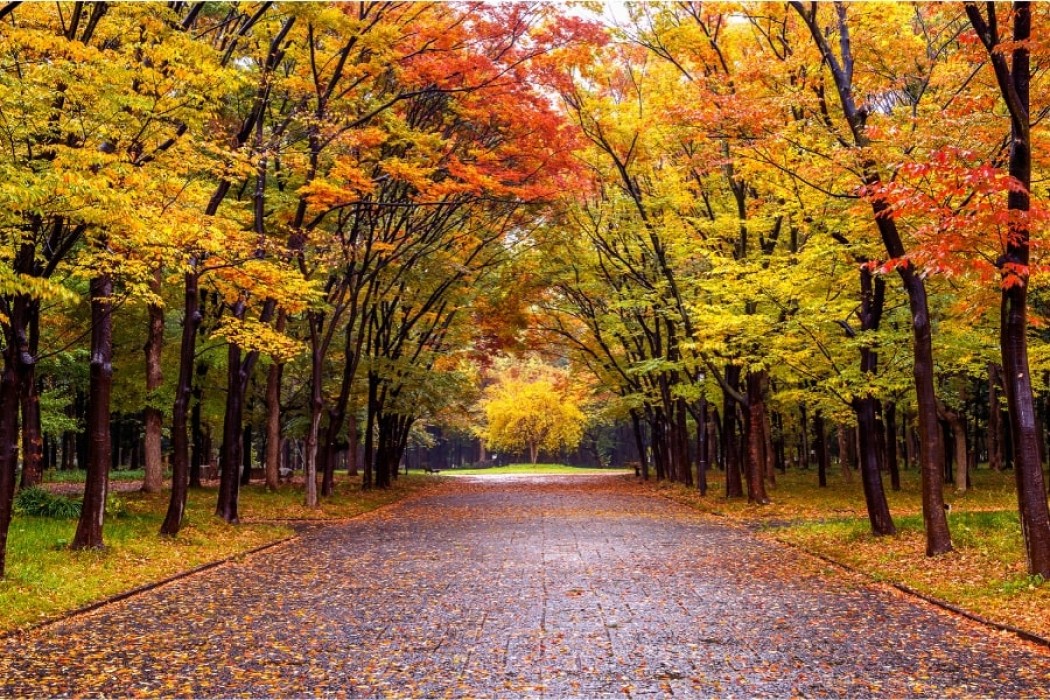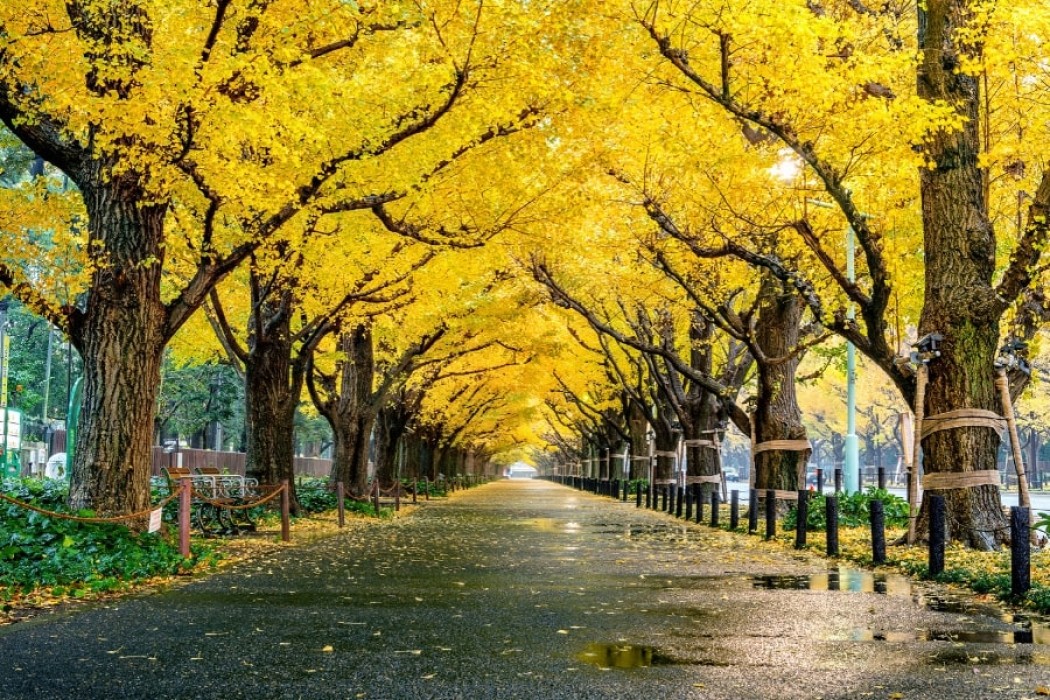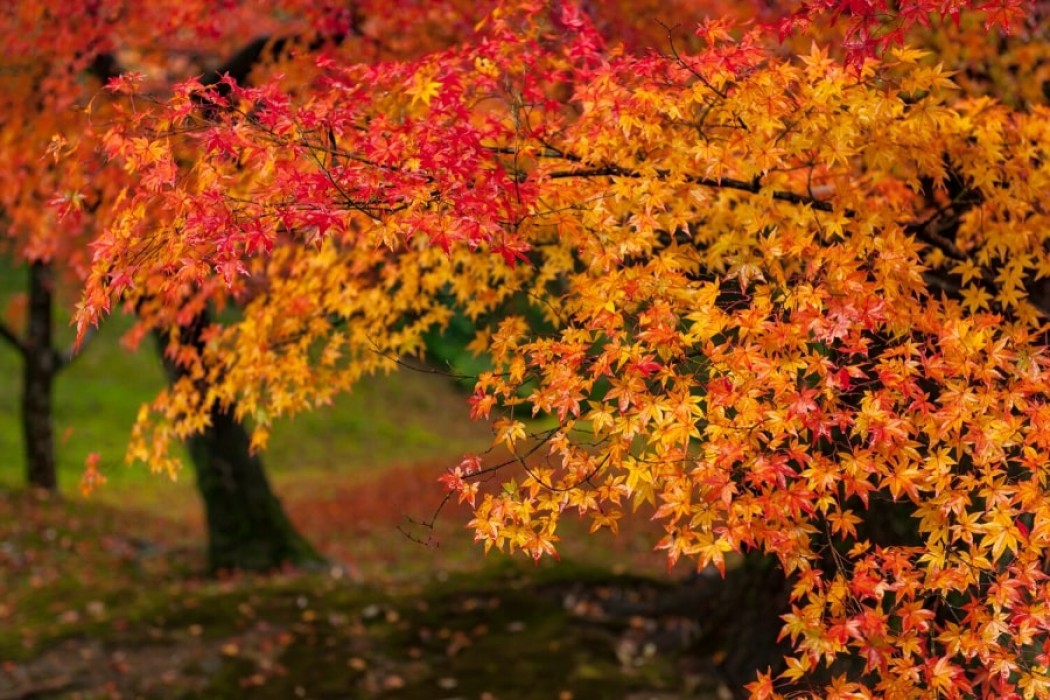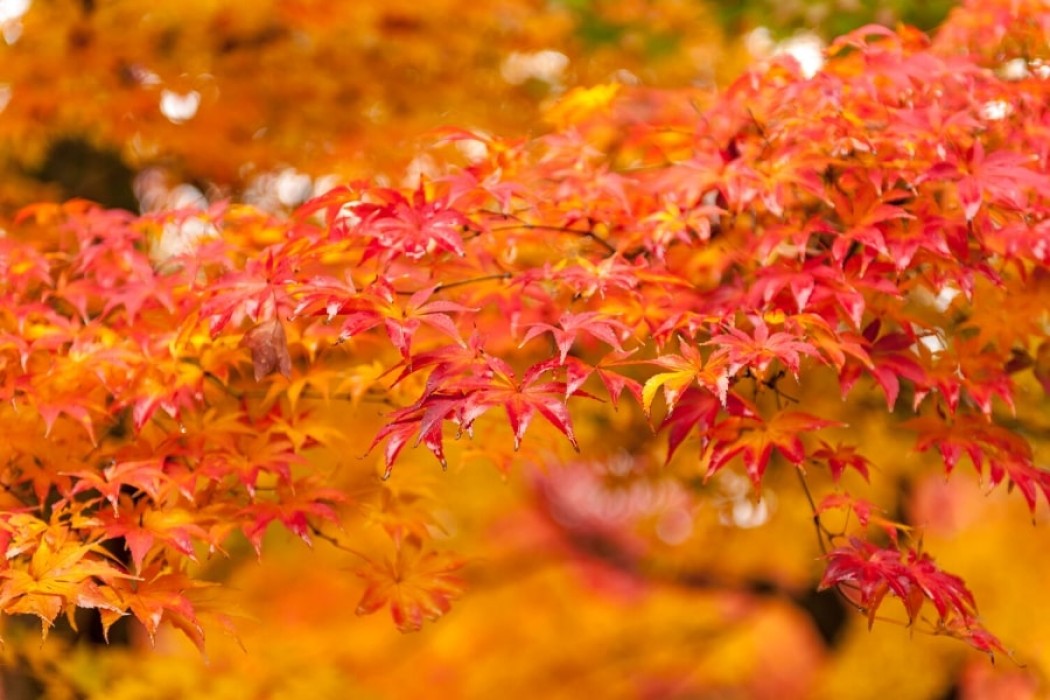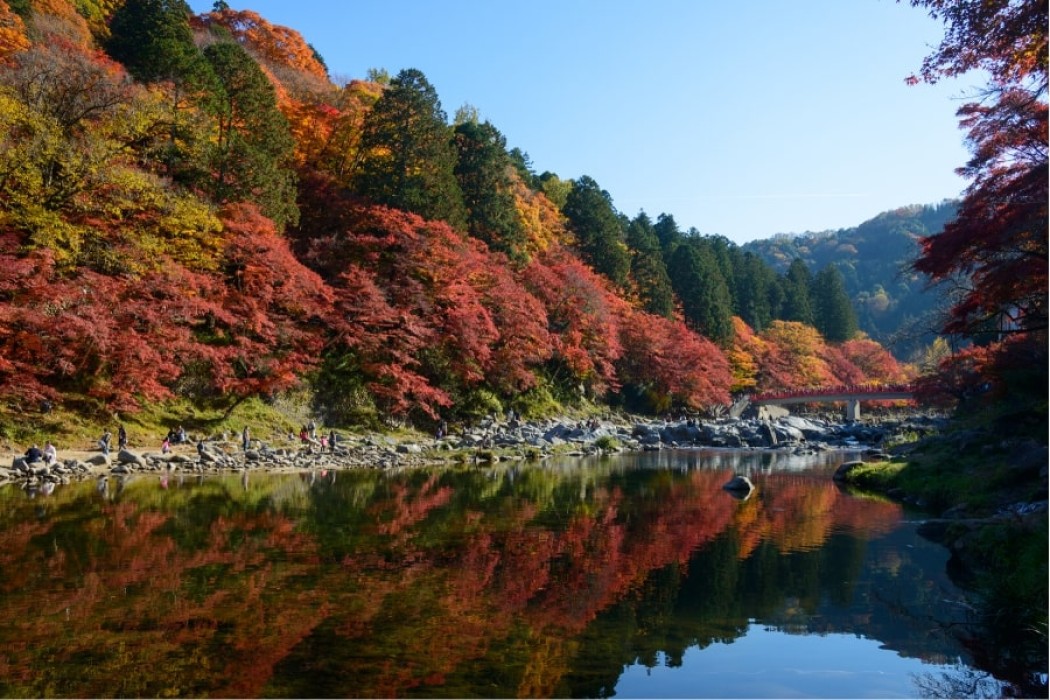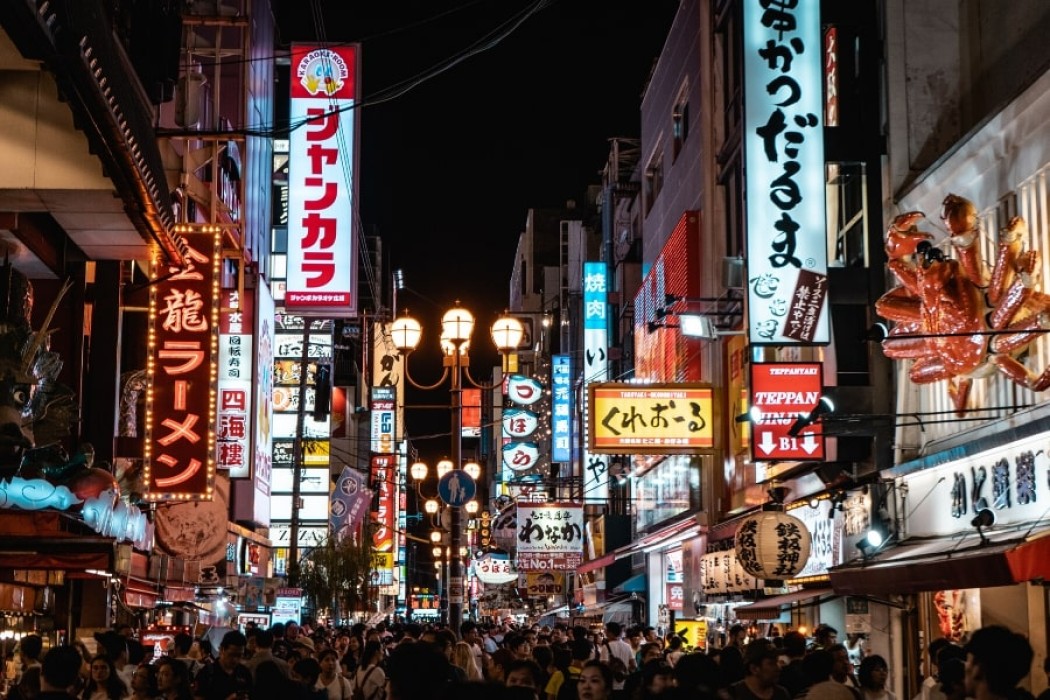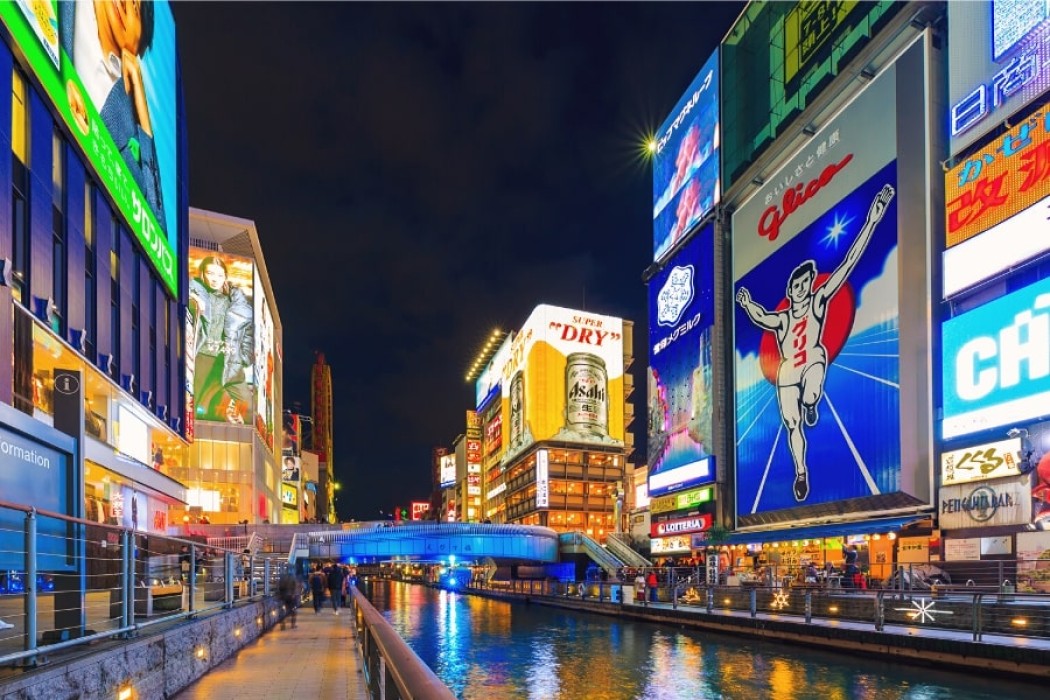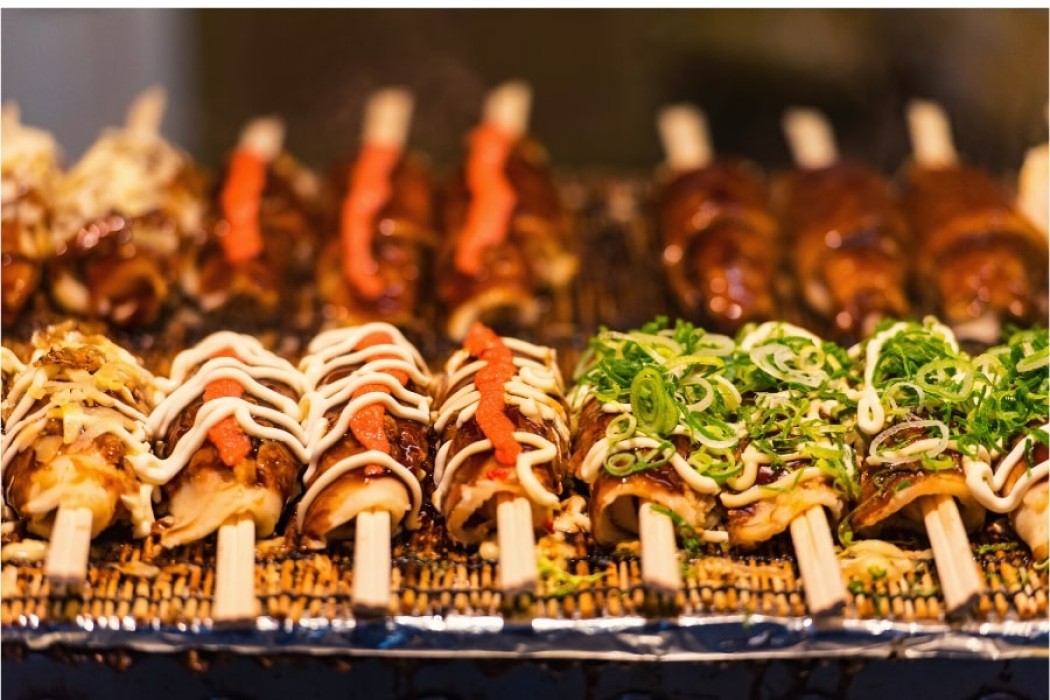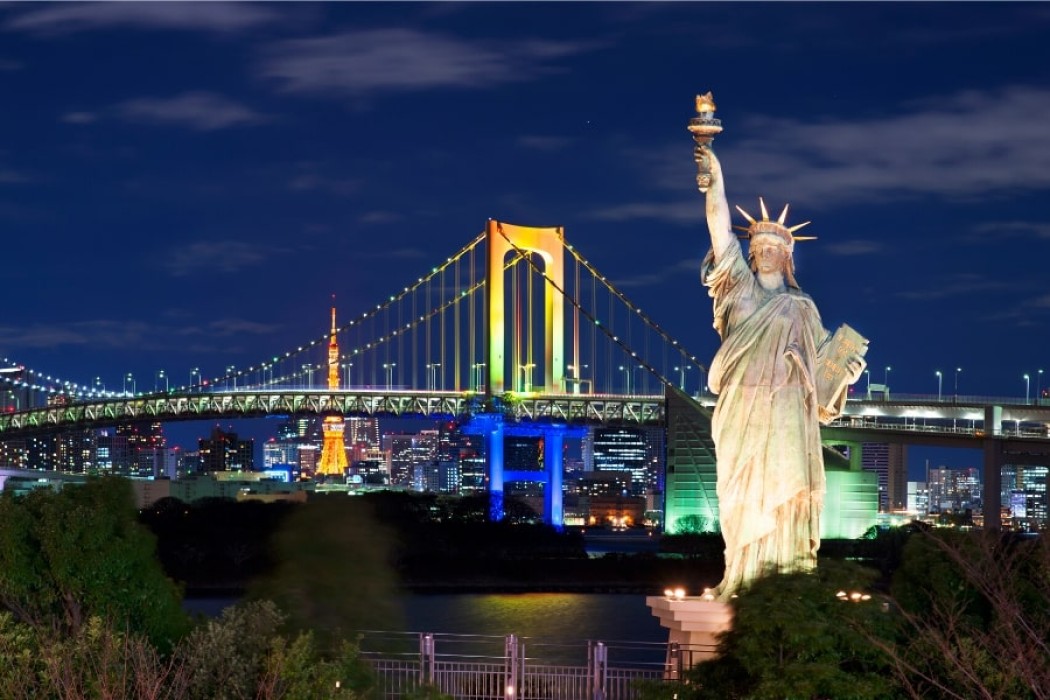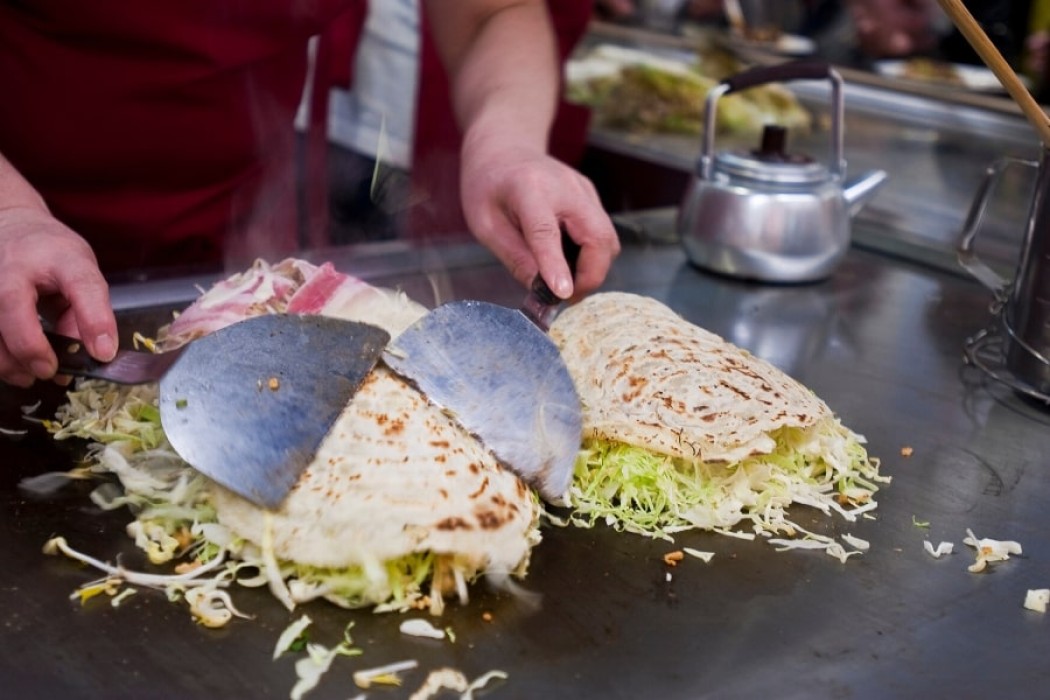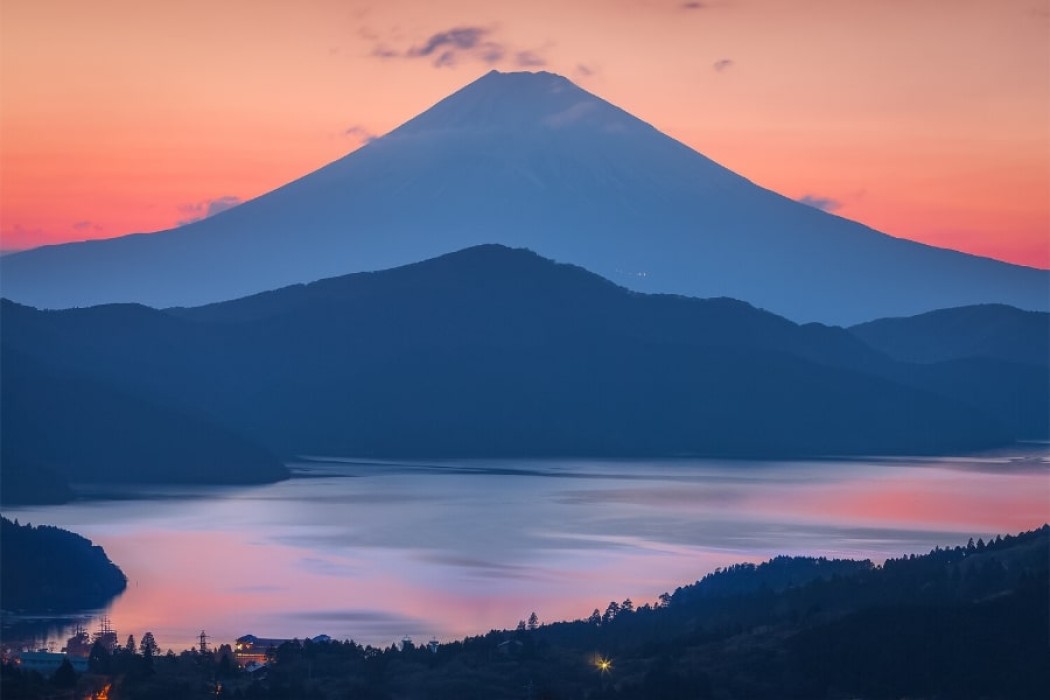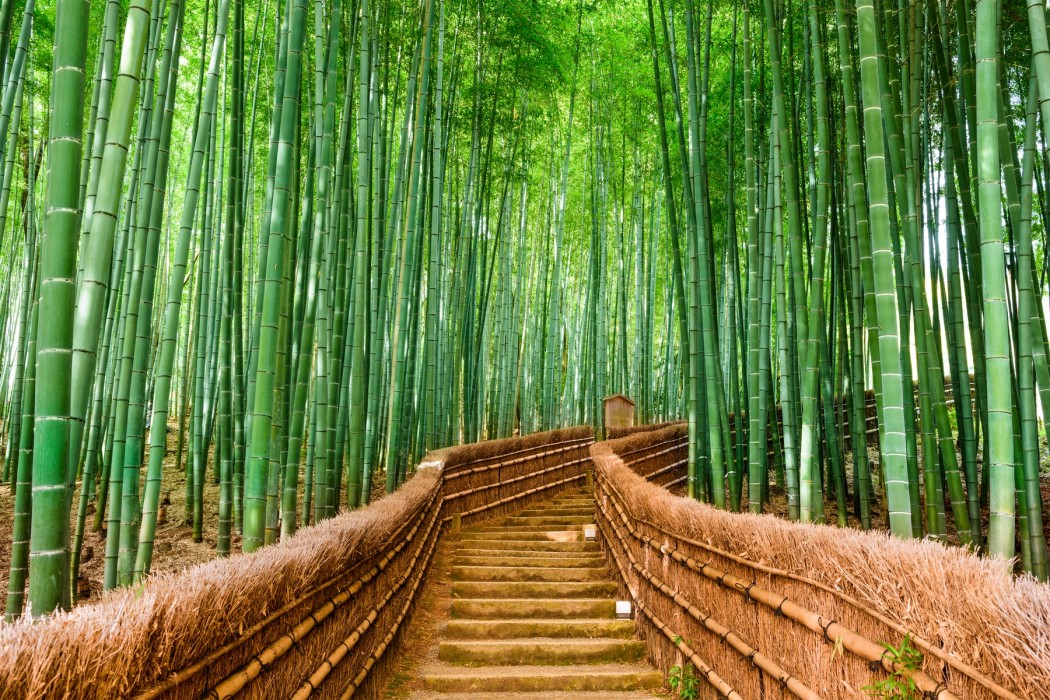Fall Colors and Autumn Stories14 days, 13 nights
Trip Highlights
- · Experience the Japanese alps in Kamikochi national park.
- · Visit the picturesque town Gujo Hachiman.
- · Walk in the macaque monkey trail.
- · Make soba yourself in the soba workshop.
- · Meet the locals to deepen your understanding of Japanese culture.
- · Learn how Japanese paper is made in the Washi workshop.
- · Experience a traditional Japanese tea ceremony.
- · Sightseeing would be fitted to the ideal Japanese autumn viewing for your dates.
Trip Itinerary Details
Good evening and welcome to 'the land of the rising sun', we've just landed at the KIX airport, the international airport of the Kansai region, built on an artificial island within Osaka bay.
We'll travel form the airport to Osaka, the 3rd largest city in Japan and the economical and commercial center of Kansai and the west of Japan.
This evening we'll tour the famous Dotonburi Street and its surroundings, brimming with markets, people, merchandise, shops and restaurants of all kind.
We'll have our dinner at one of the better culinary corners the area has to offer.
For our first morning in Japan, we'll start our tour observing over the massive city from the top of the Umeda Sky Building, a unique award wining skyscraper.
Aftrwards we'll leave Osaka for the old capital of Japan, Nara. There we'll visit Todaiji temple, the symbol of the city, which is the largest wood structure in the world that houses the largest bronze Buddha statue in Japan.
We'll also walk around the deer park, where deer who are 'the messengers of the gods' roam freely, as they've been doing for over a thousand years.
In the afternoon we'll make our way towards Kyoto, the traditional capital of Japan for upwards of a thousand years. There we'll go to the famous Fushimi Inari, a temple known for the thousands of orange tori gates that are placed all along the steep mountain.
Today we'll get to know Kyoto in depth, a city with countless attractions, famous temples, castles, gardens, hidden gems etc.
We'll visit many interesting and colorful sites and enjoy the autumn 'festival' that engulfs the city together with the locals.
We'll go down to the roots of Japanese culture, while touring the historic Higashiyama district, seeing ancient temples and walking the old streets. There we'll also get to experience a traditional tea ceremony, and hear about the importance of 'the way of the tea' in Japanese culture.
As evening comes we'll take a stroll in the streets of the traditional Gion district, where the Geisha are active to this very day, and continue towards the city center where the modern and traditional are seen mixed together.
Today will begin by traveling to the west side of town to Higashiyama, which was once a rural area where the nobility of Kyoto used to go lounge. We'll take a walk along the streets filled with small wooden houses up to a magnificent bamboo grove, and visit the bridge that goes across the river.
From here we'll continue to one of the most iconic temples in Japan, the golden pavilion, a zen temple surrounded by a large and well-kept garden.
At lunchtime we'll go to explore the plentiful food market Nishiki Ichiba, visiting the various food stalls, browsing and tasting the unique and colorful wares presented for sale.
Next we'll go to Nijo castle, where the shogun resided while visiting Kyoto. From there he would have governed the city and entertained guests.
After coming back to the city center we'll tour around Kyoto station, from which we'll go aboard the shinkansen, a bullet train that can travel at a speed surpassing 300 km/h. It will take us to our next destination, Nagoya, where we'll stay the night.
In the morning we'll leave Nagoya towards Gujo Hachiman, a town located near a stream between the mountains that kept its traditional character. Many fresh water canals can be found across the town, and they're used by the locals for their daily needs to this day. This town is also known for producing some of the super realistic food models you can see in restaurants all across Japan. After looking at food model creations, we'll go watch a demonstration of the local traditional dance that is performed by the towns folk at a famous festival that takes place every summer.
From there we'll continue to Seki, a town that for hundreds of years kept the tradition of smithing and creating samurai swords, the best swords in the world that are made in the traditional method to this day and are highly collectable. Today the tradition also continues with the production of high quality knives.
From there we'll continue south to the town of Toyota, where we'll visit the Toyota car museum.
For lunch we'll participate in a soba making workshop that will teach us the secrets of Japan's beloved buckwheat noodles.
We'll take the scenic road to Takayama, paved between mountains this road will give you a beautiful view of the picturesque autumn in all its glory.
We'll arrive at our hot spring hotel in Takayama, where we'll spend the next two nights. For dinner, we'll enjoy a traditional dinner made with the area's specialty.
Good morning Takayama, a wondrous town on the foot of the Japanese Alps, famous for its characteristic local craft and spectacular festivals.
Early in the morning we'll go tour the morning market where we could see (and buy) the produce of local farmers and artists, with souvenirs exclusive to this area. From there we'll continue walking in the streets of the old town area that kept its historical appearance, all the way to the festival floats exhibition hall showcasing the floats used in the local autumn and spring festivals.
From there we'll go take a walk in the Kamikochi valley, preserved within a national park. We'll walk an easy trail in the valley surrounded by tall and angular mountains, which together with the forested stream make for one of the most astonishing mountain sceneries in Japan.
Then we'll go back to Takayama for another night.
We'll start our day in Gokayama, a mountain range in which villages with unique style of houses were preserved.
There we'll participate in a workshop where we'll learn about the production process of traditional Japanese paper, and make a small souvenir to take with us.
We'll continue to tour a picturesque village in the mountains, and see up close the unique traditional houses with the slanted straw roofs.
We'll get to visit the home of one of the locals and hear from the owner about the history of the house and the local atmosphere, and finish with a performance of folk dance and music unique to the area.
Up next we'll drive through the 'white' road, a mountain pass that's open only a few months a year that should let us enjoy the autumn in its peak.
Finally, we'll arrive at Kanazawa where we'll stay the night.
Good morning to Kanazawa, a magical city that was the capital of the second most important prefecture in the Edo period. It has kept its characteristics as an historic center for culture and art to this day.
We'll visit a neighborhood with typical samurai homes that were preserved, and go into one to learn about the lifestyle of the samurai from the period where they ruled Japan.
Next we'll visit Yuzen hall, where we'll learn about the beautiful art of kimono dying.
Then, we'll continue towards the colorful Omicho market, full of plenty of interesting fish, sea food, vegtebles, fruits, flowers and more.
Afterwards we'll go to Kenrokuen garden, which was originally the private castle garden of the local lord. This garden is considered to be one of the top 3 most beautiful gardens in Japan, and is especially striking in autumn.
We'll end our day at Higashi-chaya, the tea house district that kept its historic look. There, we'll also visit a place that specializes in gold leaf art, which is especially typical to the area.
Leaving Kanazawa behind, we'll ride the bullet train to Nagano prefecture.
In the town of Obuse we'll visit a museum dedicated to the renowned woodblock printing artists Hokusai, that lived in the town later in life. 'The great wave off Kanagawa' is one of most known Japanese artworks in the world.
From there we'll go for a stroll in the national park Shiga Kogen, walking between the lakes in the highlands and enjoying the great autumn views.
Going along the valley, we'll pay a visit to the Japanese macaque monkeys that bathe and keep warm at the hot springs of Jigokudani- 'Hell valley'.
After parting from the macaques we'll go to the hot spring town, tour the main street and get a taste of the atmosphere and architecture that are characteristic of traditional hot spring towns.
In the evening we'll enjoy a special ryokan experience- a traditional Japanese hotel. We'll be served a luxurious traditional Japanese dinner, and could later go soak in the hot springs. Finally we'll spend our night in a tatami floored room and sleep on fluffy futons.
Today we'll drive through gorgeous scenery towards Mount Fuji, one of Japan's famous symbols.
Our first stop on the way would be at a wasabi farm, where we'll go into the wasabi 'fields' and learn about their fascinating growing method.
Arriving at Matsumoto city, we'll visit a family factory which produces miso, a staple of Japanese cuisine, the traditional way. We'll learn about the historic importance of miso as a food source, and its place in contemporary Japanese cuisine.
Next we'll arrive at Matsumoto castle, also known as 'Crow Castle' for its dark exterior. It is one of the only 12 castles that survived in their original form to this day.
From there we'll go to the museum of one of the most well known Japanese artists in the world, Kusama Yayoi, who was born and raised in Matsumoto.
Afterwards we'll continue our drive south through the mountain views to the largest of the 5 lakes surrounding Mount Fuji, Kawaguchiko Lake. We'll go down near the water and if visibility allows, we might be able to see Mount Fuji in all its glory.
Today we'll begin by going into the garden and exhibition hall of kimono coloring artisan Kubota Ichiku, whose works astound people worldwide. We'll learn about his unique coloring method which was forgotten to time and revived by Kubota.
Next we'll travel towards Hakone, which is surrounded by forested mountains and a volcanic crater lake. We'll take the funicular to Owakudani, a young volcanic area that exudes sulfuric fumes, and provides for a fantastic observation point of Mount Fuji and the surrounding area.
Afterwards we'll visit an amazing open air museum, with statues from renowned artists from all around the globe that integrate into the surrounding garden and the mountainous view.
In the afternoon we'll begin to travel towards Tokyo, first arriving to Shibuya, a bright and colorful district dedicated to fashion and leisure, which is popular among Tokyo's youth. It's also known for Shibuya crossing, which is famous for being the busiest crossing in the world!
We'll begin our day at the great Edo Tokyo museum that wonderfully illustrates the history of Tokyo from the olden days till now.
Next we'll go to the traditional district Asakusa, visiting the colorful Sensoji temple which is the most important Buddhist temple in Tokyo, surrounded by bustling streets.
We'll tour the colorful Ameyoko market, where we could see fruits and vegetables being sold next to luxurious designer goods in an interesting mix.
Next we'll continue to Akihabara, which was known for its electrical and collector goods stores but in recent years evolved to be a global center to the anime and manga industry, the Japanese comics.
From there we'll take a driverless train to the artificial island Odaiba. Arriving at Tokyo bay, we could observe the modern Japanese urban architecture. Going down to the harbor we'll then be able to see one of the most impressive urban views in the world.
For our final morning in Tokyo we'll visit the Tsukiji outer fish market, which was once the largest fish market in the world. Nowadays it's a thriving and lively local market, where you can find plenty of fish, food and houseware.
Continuing to Shibuya, we'll go up to Shibuya sky, A 360° open-air observation deck located on the roof of a skyscraper, that will allow us to enjoy a sky view of Tokyo from above.
Up next is Ginza, the luxurious business and pleasure district, characterized by its interesting buildings and grand stores. While touring the area, we'll go to one of the fanciest department stores in Japan and see the many stalls that offers a rich variety of food of all kinds.
From there we'll go to the young and vibrant Harajuku district, and go through the designer avenue Omotesando, where we could see many luxurious stores and buildings designed by some of the vest architects in the world. Then we'll continue through Takeshita dori, a street which is considered to be the 'Mecca' of street fashion for the Japanese youth.
Finally we'll end our day at Shinjuku station, which is the largest and busiest train station the world. Around it you can find Tokyo's famous leisure, commerce and business areas.
Today is our last day in Japan, we'll go home with the many experiences we gathered and a taste for more.
Tour Remarks
- The tour is planned especially for experiencing the unique and impressive Japanese autumn.
- The route may change in accordance to the weather.
- There may be changes in the order in which certain sites and attraction are visited.
- The route may change in accordance to local festivals and holidays.

